The quest to slow down or even reverse the aging process has taken a fascinating turn in recent years, with scientists making remarkable discoveries about the relationship between physical activity and cellular aging. At the heart of this research lies the telomere - the protective cap at the end of each chromosome that acts as a biological clock for our cells.
Telomeres naturally shorten as we age, with each cell division gradually eroding these protective sequences. When telomeres become critically short, cells enter a state called senescence or undergo programmed cell death. This process contributes significantly to age-related decline and various diseases. However, groundbreaking studies now suggest that certain types of exercise may help preserve or even lengthen telomeres, potentially slowing the aging process at its most fundamental level.
The Exercise-Telomere Connection
Research spanning the past decade has consistently shown that individuals who engage in regular physical activity tend to have longer telomeres compared to their sedentary counterparts. A landmark study published in Medicine & Science in Sports & Exercise found that adults who maintained high levels of physical activity had telomeres that appeared nearly a decade younger than those who didn't exercise regularly.
What makes this connection particularly exciting is that it appears to hold true across different age groups. From middle-aged office workers to elderly individuals, the protective effect of exercise on telomere length seems to persist. Scientists believe this occurs through multiple biological pathways, including reduced inflammation, decreased oxidative stress, and enhanced activity of telomerase - the enzyme responsible for maintaining telomere length.
High-Intensity Interval Training Takes Center Stage
While all exercise appears beneficial, recent studies point to high-intensity interval training (HIIT) as particularly effective for telomere maintenance. A German study published in European Heart Journal demonstrated that HIIT could actually increase telomerase activity and telomere length in participants after just six months of training.
The intense bursts of activity followed by recovery periods characteristic of HIIT seem to create an optimal stress response that activates cellular repair mechanisms. This "hormetic stress" - a beneficial amount of stress that triggers protective responses - may explain why HIIT shows such promise for telomere health. Participants in these studies typically performed short, 20-30 minute sessions three times per week, making this approach both time-efficient and scientifically validated.
The Role of Moderate Exercise and Strength Training
While HIIT has garnered significant attention, moderate aerobic exercise and resistance training shouldn't be overlooked. Research from the University of California, San Francisco found that women who engaged in at least 30-40 minutes of moderate to vigorous exercise five days per week had significantly longer telomeres than less active women.
Strength training, often neglected in telomere research, has shown promising results as well. A 2021 study in Experimental Gerontology reported that older adults who participated in regular resistance training maintained telomere length better than those who focused solely on aerobic activities. This suggests that a comprehensive exercise program incorporating various modalities may offer the best protection against cellular aging.
Biological Mechanisms Behind the Magic
The precise ways exercise preserves telomeres continue to be unraveled, but several key mechanisms have emerged. Physical activity reduces chronic inflammation, which is known to accelerate telomere shortening. Exercise also boosts antioxidant defenses, protecting telomeres from oxidative damage. Perhaps most intriguingly, exercise appears to upregulate telomerase activity - the enzyme that can add DNA sequences to telomeres.
Recent research has identified specific signaling pathways, including those involving PGC-1α and AMPK, that connect muscle contraction during exercise to telomere maintenance in distant cells throughout the body. This helps explain how localized physical activity can have systemic anti-aging effects at the cellular level.
Practical Implications for Anti-Aging Exercise Programs
Based on current evidence, the optimal exercise regimen for telomere health would include a mix of high-intensity intervals, moderate aerobic activity, and strength training. Most experts recommend at least 150 minutes of moderate exercise or 75 minutes of vigorous activity weekly, spread across 3-5 sessions, with two days dedicated to resistance training.
For those new to exercise, even modest increases in physical activity can make a difference. Studies show that previously sedentary individuals who begin walking programs show measurable improvements in telomere maintenance markers within just a few months. The key appears to be consistency rather than extreme intensity - making regular movement a lifelong habit.
Future Directions in Telomere Research
As exciting as current findings are, many questions remain unanswered. Researchers are now investigating whether specific exercise "doses" - particular combinations of intensity, duration and frequency - might optimize telomere maintenance. Other studies are exploring how exercise timing (such as morning versus evening workouts) might influence these effects.
Cutting-edge techniques now allow scientists to examine telomeres in specific cell types, revealing that different tissues may respond uniquely to exercise. This tissue-specific understanding could lead to personalized exercise prescriptions targeting individual aging patterns.
The field is also exploring how exercise-induced telomere effects interact with other longevity interventions like dietary modifications and stress reduction techniques. Preliminary evidence suggests these approaches may work synergistically, offering even greater anti-aging benefits when combined.
Beyond Telomeres: The Holistic Benefits of Exercise
While telomere research provides fascinating insights into cellular aging, it's important to remember that exercise benefits health through countless mechanisms. Improved cardiovascular function, enhanced cognitive performance, better metabolic health, and stronger immunity all contribute to healthy aging regardless of direct effects on telomeres.
This broader perspective reminds us that while telomere science offers compelling motivation to stay active, the immediate improvements in quality of life may be just as valuable as the potential anti-aging effects. The ability to maintain independence, mental clarity, and vitality in later years represents perhaps the most practical benefit of all.
As research continues to evolve, one message remains clear: regular physical activity stands as one of our most powerful tools for healthy aging. Whether through preserving telomeres or countless other mechanisms, movement appears to be fundamental to extending both lifespan and healthspan. For those seeking to turn back their biological clocks, the path forward may be as simple as lacing up their sneakers and getting moving.
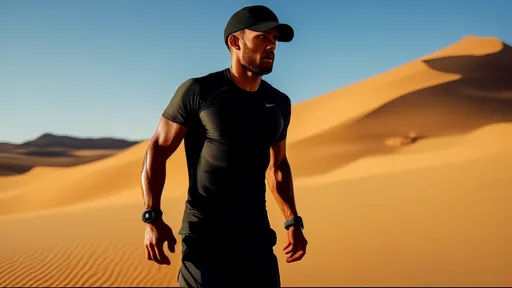
By /Jul 10, 2025

By /Jul 10, 2025
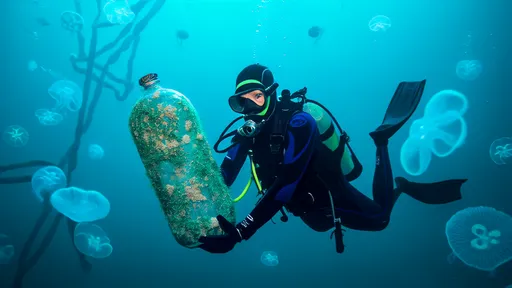
By /Jul 10, 2025

By /Jul 10, 2025

By /Jul 10, 2025
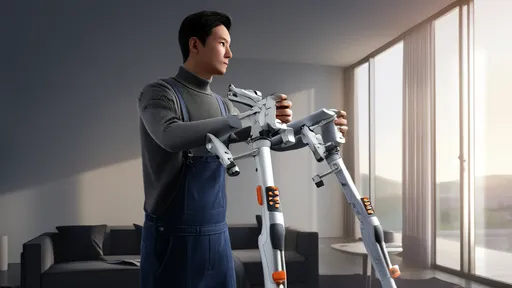
By /Jul 10, 2025
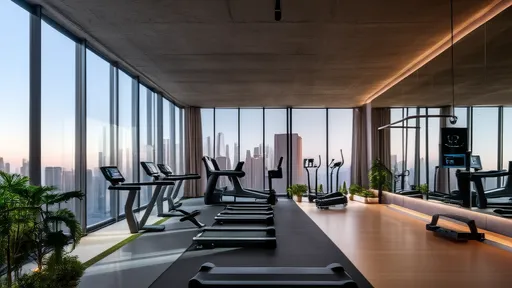
By /Jul 10, 2025

By /Jul 10, 2025

By /Jul 10, 2025
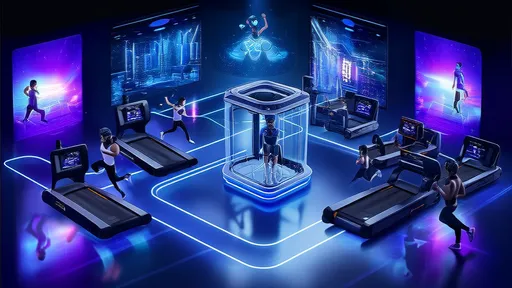
By /Jul 10, 2025

By /Jul 10, 2025
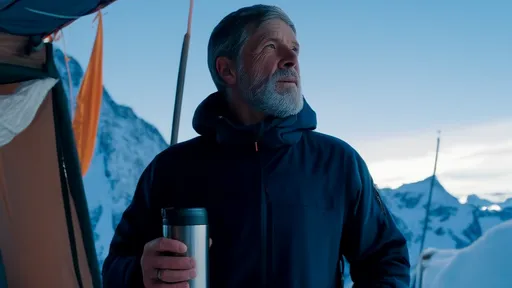
By /Jul 10, 2025
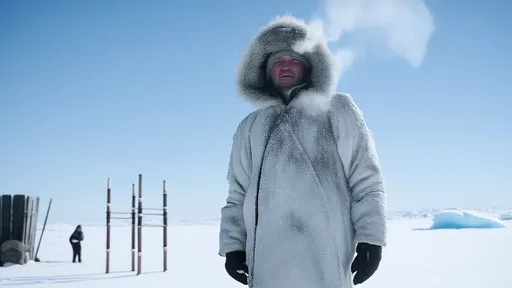
By /Jul 10, 2025

By /Jul 10, 2025

By /Jul 10, 2025
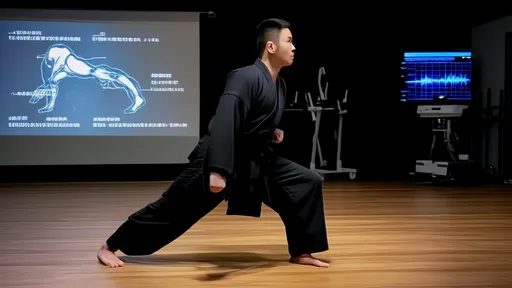
By /Jul 10, 2025
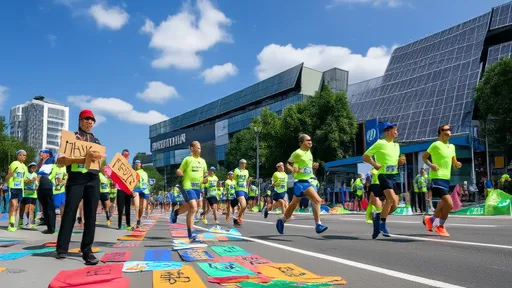
By /Jul 10, 2025

By /Jul 10, 2025